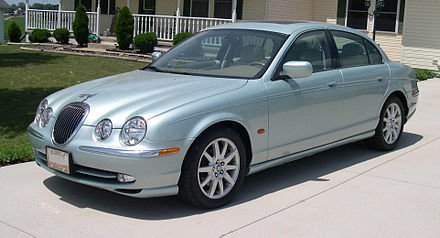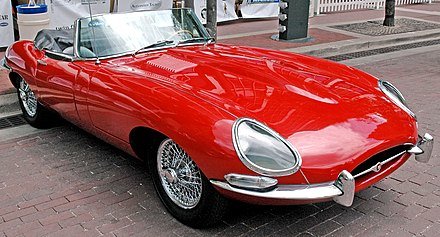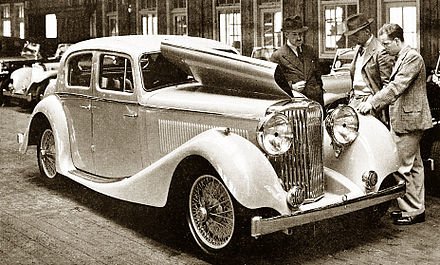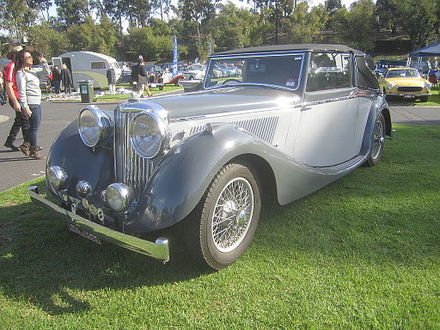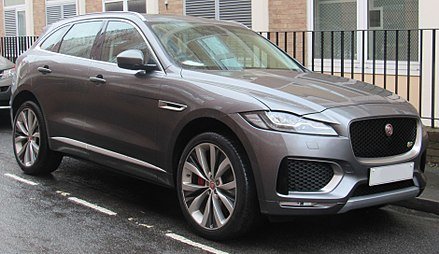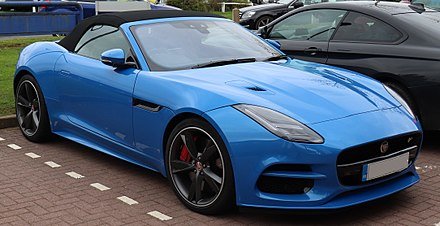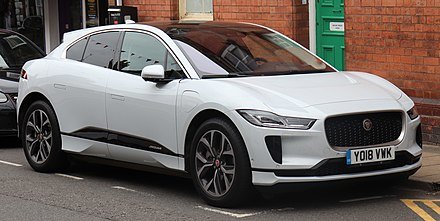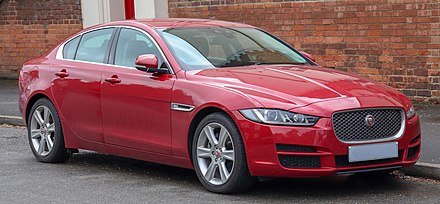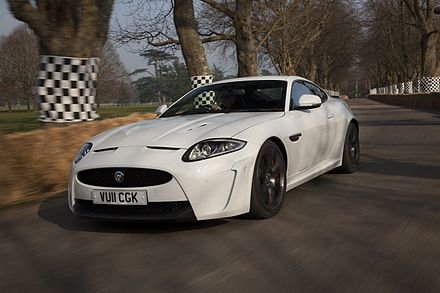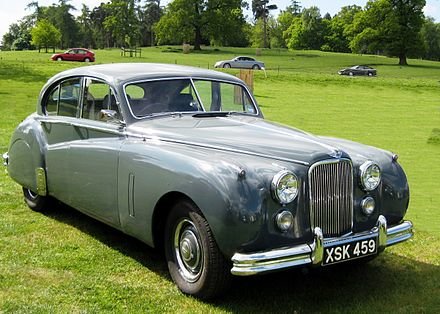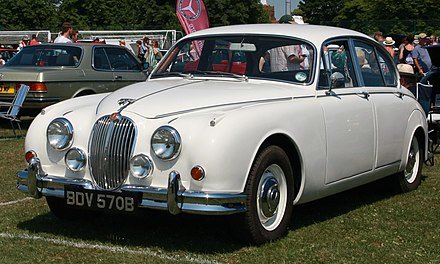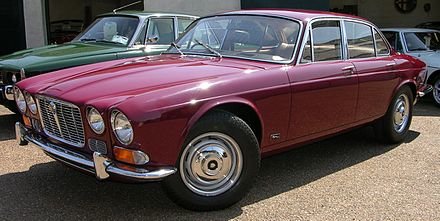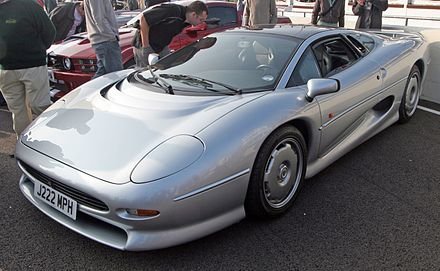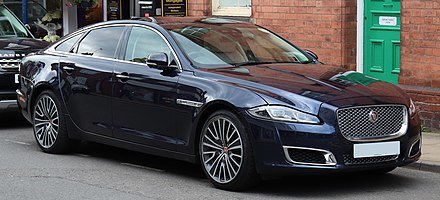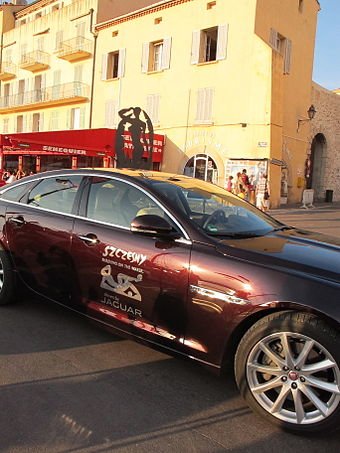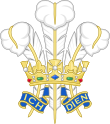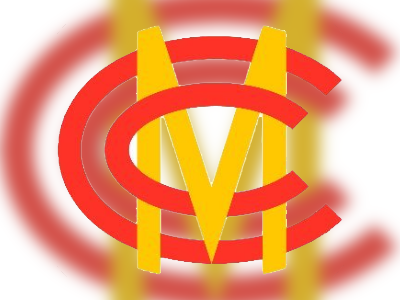British Heritage
Remember, Cherish, Learn.
beta
Jaguar - "Grace, Space, Pace" - The Big Cat
Contribution of Jaguar to British Heritage.
Jaguar, known as "The Big Cat," holds a significant place in British automotive heritage. As a luxury vehicle brand, Jaguar has become synonymous with elegance, style, and high-performance automobiles. Founded in 1922 as the Swallow Sidecar Company, it began by producing motorcycle sidecars and later ventured into passenger car bodies. The company's name was changed to Jaguar Cars in 1945, representing the embodiment of the Big Cat itself - prowling the highways with "Grace, Space, and Pace."
Over the years, Jaguar has been a symbol of British craftsmanship, engineering excellence, and innovation. The brand's legacy is deeply intertwined with British motoring history and has played a crucial role in defining the luxury automobile industry in the United Kingdom.
Jaguar's origins can be traced back to the entrepreneurial spirit of two motorcycle enthusiasts, William Lyons and William Walmsley, who founded the Swallow Sidecar Company in 1922. The company initially produced motorcycle sidecars, but Lyons soon ventured into creating car bodies for passenger vehicles.
In 1935, Jaguar first appeared as a model name on the SS 2½-litre sports saloon, and the open two-seater sports model with a 3½-litre engine was named SS Jaguar 100. However, due to the connotations associated with the abbreviation "SS" during World War II, the company's name was changed to Jaguar Cars Limited in 1945.
After the war, Jaguar's reputation soared with the launch of a series of iconic sports cars, including the Jaguar XK120 (1948–54), Jaguar XK140 (1954–57), Jaguar XK150 (1957–61), and the legendary Jaguar E-Type (1961–75). These sports cars not only embodied elegance and style but also proved their engineering prowess through successful performances in international motorsport.
Jaguar's success extended to motorsport, with notable victories in the prestigious Le Mans 24 Hours race. In 1951 and 1953, the Jaguar C-Type secured victories, followed by wins in 1955, 1956, and 1957 with the Jaguar D-Type. The company's commitment to motorsport helped to showcase the engineering integrity and performance capabilities of their vehicles.
Jaguar's core engine, the twin-cam straight-six, played a vital role in their success. Designed by William Heynes and Walter Hassan, this engine powered several iconic Jaguar models, including the XK 120, Mk VII Saloon, Mk I and II Saloons, and XK 140 and 150. It also found its way into various other vehicles, including military and specialized off-road vehicles, demonstrating its versatility and reliability.
Beyond the success in sports cars, Jaguar established itself as a prestigious manufacturer of luxury saloons. Models like the Jaguar Mark VII, VIII, and IX, along with the compact Mark I and Mark II, exemplified "Grace, Space, and Pace," delivering comfortable rides, exceptional handling, high performance, and timeless style. The Jaguar XJ6 and XJ12 further solidified the brand's reputation for producing world-class sporting saloons.
Throughout its history, Jaguar experienced ownership changes, including being acquired by Ford in 1990. Under Ford's ownership, Jaguar expanded its product range, introducing models like the Jaguar S-Type and X-Type. However, despite these efforts, the brand struggled to achieve profitability.
In 2008, Ford sold Jaguar to Tata Motors, an Indian automotive manufacturer, marking a new chapter for the iconic British brand. Under Tata's ownership, Jaguar continued to innovate and adapt to the evolving automotive landscape, including embracing electric mobility with the introduction of the all-electric Jaguar I-Pace in 2018.
Jaguar continues to make strides in the world of motorsport, returning to Formula E in 2016 for the third season. This electric racing championship allows the brand to showcase its commitment to sustainable technology and innovation.
Furthermore, Jaguar's involvement in the arts scene, particularly in collaboration with artist Stefan Szczesny, showcases the brand's affinity for aesthetics and creativity. Exhibitions and installations like "Shadows" and the "Jaguar Art Collection" reflect the brand's dedication to elegance and artistic expression, further adding to its legacy in British heritage.
As the years have passed, Jaguar's legacy of "Grace, Space, and Pace" continues to resonate with automotive enthusiasts and luxury car connoisseurs worldwide. With its rich history, engineering excellence, and commitment to innovation, Jaguar stands as an enduring symbol of British heritage and craftsmanship in the global automotive industry.
Over the years, Jaguar has been a symbol of British craftsmanship, engineering excellence, and innovation. The brand's legacy is deeply intertwined with British motoring history and has played a crucial role in defining the luxury automobile industry in the United Kingdom.
Founding and Growth
Jaguar's origins can be traced back to the entrepreneurial spirit of two motorcycle enthusiasts, William Lyons and William Walmsley, who founded the Swallow Sidecar Company in 1922. The company initially produced motorcycle sidecars, but Lyons soon ventured into creating car bodies for passenger vehicles.
In 1935, Jaguar first appeared as a model name on the SS 2½-litre sports saloon, and the open two-seater sports model with a 3½-litre engine was named SS Jaguar 100. However, due to the connotations associated with the abbreviation "SS" during World War II, the company's name was changed to Jaguar Cars Limited in 1945.
After the war, Jaguar's reputation soared with the launch of a series of iconic sports cars, including the Jaguar XK120 (1948–54), Jaguar XK140 (1954–57), Jaguar XK150 (1957–61), and the legendary Jaguar E-Type (1961–75). These sports cars not only embodied elegance and style but also proved their engineering prowess through successful performances in international motorsport.
Racing Success and Engineering Excellence
Jaguar's success extended to motorsport, with notable victories in the prestigious Le Mans 24 Hours race. In 1951 and 1953, the Jaguar C-Type secured victories, followed by wins in 1955, 1956, and 1957 with the Jaguar D-Type. The company's commitment to motorsport helped to showcase the engineering integrity and performance capabilities of their vehicles.
Jaguar's core engine, the twin-cam straight-six, played a vital role in their success. Designed by William Heynes and Walter Hassan, this engine powered several iconic Jaguar models, including the XK 120, Mk VII Saloon, Mk I and II Saloons, and XK 140 and 150. It also found its way into various other vehicles, including military and specialized off-road vehicles, demonstrating its versatility and reliability.
Luxury Saloons and Elegance
Beyond the success in sports cars, Jaguar established itself as a prestigious manufacturer of luxury saloons. Models like the Jaguar Mark VII, VIII, and IX, along with the compact Mark I and Mark II, exemplified "Grace, Space, and Pace," delivering comfortable rides, exceptional handling, high performance, and timeless style. The Jaguar XJ6 and XJ12 further solidified the brand's reputation for producing world-class sporting saloons.
Ownership Changes and Modern Era
Throughout its history, Jaguar experienced ownership changes, including being acquired by Ford in 1990. Under Ford's ownership, Jaguar expanded its product range, introducing models like the Jaguar S-Type and X-Type. However, despite these efforts, the brand struggled to achieve profitability.
In 2008, Ford sold Jaguar to Tata Motors, an Indian automotive manufacturer, marking a new chapter for the iconic British brand. Under Tata's ownership, Jaguar continued to innovate and adapt to the evolving automotive landscape, including embracing electric mobility with the introduction of the all-electric Jaguar I-Pace in 2018.
A Return to Motorsport and Art Collaboration
Jaguar continues to make strides in the world of motorsport, returning to Formula E in 2016 for the third season. This electric racing championship allows the brand to showcase its commitment to sustainable technology and innovation.
Furthermore, Jaguar's involvement in the arts scene, particularly in collaboration with artist Stefan Szczesny, showcases the brand's affinity for aesthetics and creativity. Exhibitions and installations like "Shadows" and the "Jaguar Art Collection" reflect the brand's dedication to elegance and artistic expression, further adding to its legacy in British heritage.
As the years have passed, Jaguar's legacy of "Grace, Space, and Pace" continues to resonate with automotive enthusiasts and luxury car connoisseurs worldwide. With its rich history, engineering excellence, and commitment to innovation, Jaguar stands as an enduring symbol of British heritage and craftsmanship in the global automotive industry.
- Jaguar Carsen.wikipedia.org

